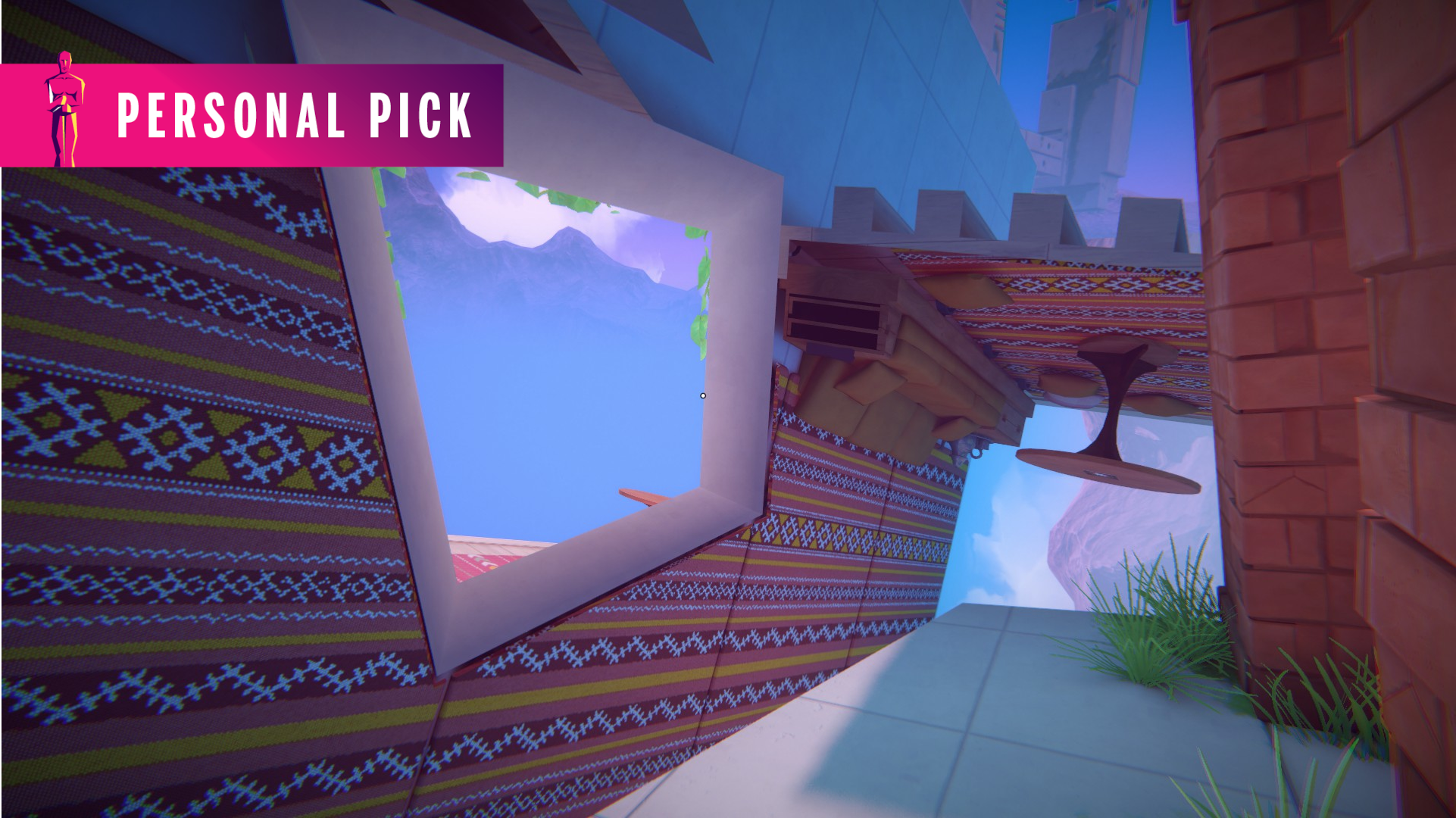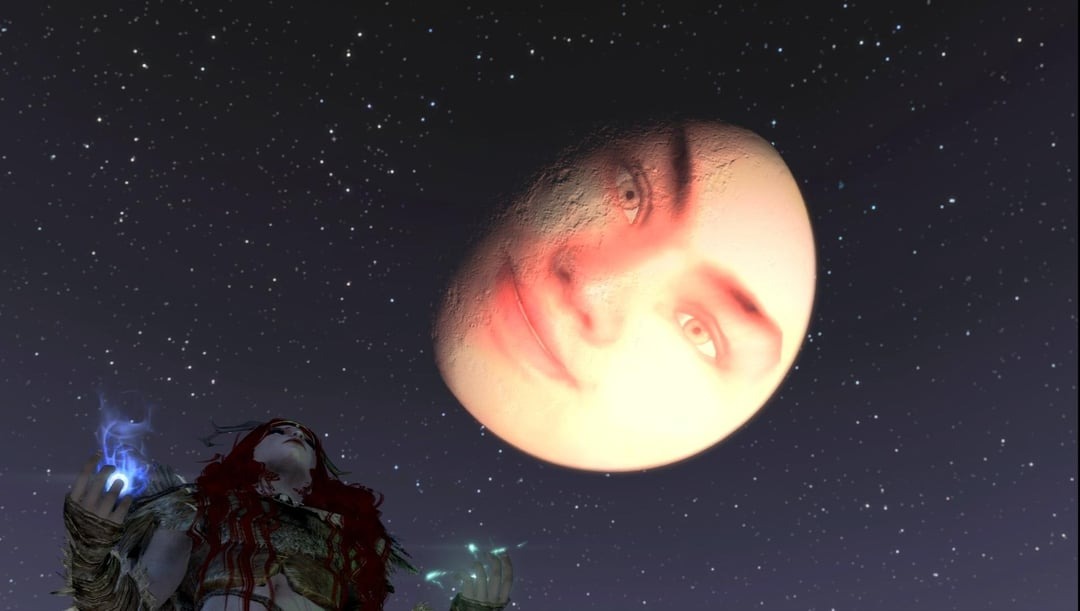(Image credit: Future)
In addition to our main Game of the Year Awards 2023, each member of the PC Gamer team is shining a spotlight on a game they loved this year. We’ll post new personal picks, alongside our main awards, throughout the rest of the month.
You spend long enough in a job like this, playing dozens of games every year, and you start to think there’s nothing left that can surprise you. First-person puzzle game Viewfinder didn’t just surprise me, it showed me things I’ve genuinely never seen before—and it’s a lovely reminder of how much room there still is to innovate in videogame worlds.
Primarily the game is based around one brilliant central magic trick: a camera that lets you take 2D photos, and then place those photos in the world, changing the 3D environment. It’s not an easy thing to describe, and that’s something I can say with confidence, because I’ve tried doing it, multiple different times, as I attempted to spread the word this year. Nothing’s quite as effective as just seeing it in motion:
It’s such a wonderful gimmick, with one of the chief complaints in my review just being that I wish I had even more freedom to play with it. Twisting levels into impossible knots of layered photos as you try to find out-of-the-box solutions to the game’s clever brain-teasers is a joy, and no matter how many times you click-and-place with your camera, the sheer wonder at what the developer has achieved never wears off.
And, brilliantly, it’s not even the only trick the game has up its sleeve. The further in you get, the more the game toys with your perceptions, your perspective, and your assumptions, barraging you with optical illusions and reality-warping environments. Viewfinder’s relatively short runtime is packed with novelty—you’re constantly seeing things not quite like anything you’ve seen before, and I lost count of how many times I gasped with delight during my playthrough.
One of my favourite, sadly rare things in games is being shown the impossible. Not impossible like magic spells or alien technology; impossible like spaces and things that break the rules, that can’t exist, that force you to think in seemingly nonsensical ways. It’s what makes the central mechanic of Portal so alluring—a gun that, impossibly, lets things that go in one portal instantly emerge at the other, no matter the distance between them. Viewfinder doesn’t quite reach the heights of that classic, but it feels like one of the few worthy imitators, experimenting in the same conceptual space rather than just throwing together some first-person puzzles.
(Image credit: Sad Owl Studios)
Every game is an illusion, really—a bunch of little lights and sounds trying to convince you of a reality. The medium is uniquely suited to showing you things that cannot be. Visuals that a TV or film production would have to pour time and resources into creating, a game can achieve with ease—even by accident, with a fortuitously-timed glitch.
Viewfinder embraces that, not just with the mind-bending chaos of its camera, but with three-dimensional stairways that reveal themselves to be flat images as you approach, children’s drawings made into explorable spaces, and doorways into different versions of reality. It’s a game wonderfully interested in how things appear, and how that can be distorted in ways you’ve never seen a game do before.
(Image credit: Sad Owl Studios)
It’s both an extremely clever piece of design, and a marvellous display of technical prowess. In my review I ended up wishing the game was bigger, more ambitious, and more open, but that’s testament to how many fascinating ideas it scratches at the surface of.
If I’ve gotten a little pretentious along the way here, forgive me—I don’t want to leave you thinking Viewfinder is some high-falutin work of abstract art. Because really, what it is, is a magic show; a parade of clever tricks, ready to fill a lazy Sunday with delightful moments of realisation and discovery, no matter how much you may think you’ve already seen it all.










